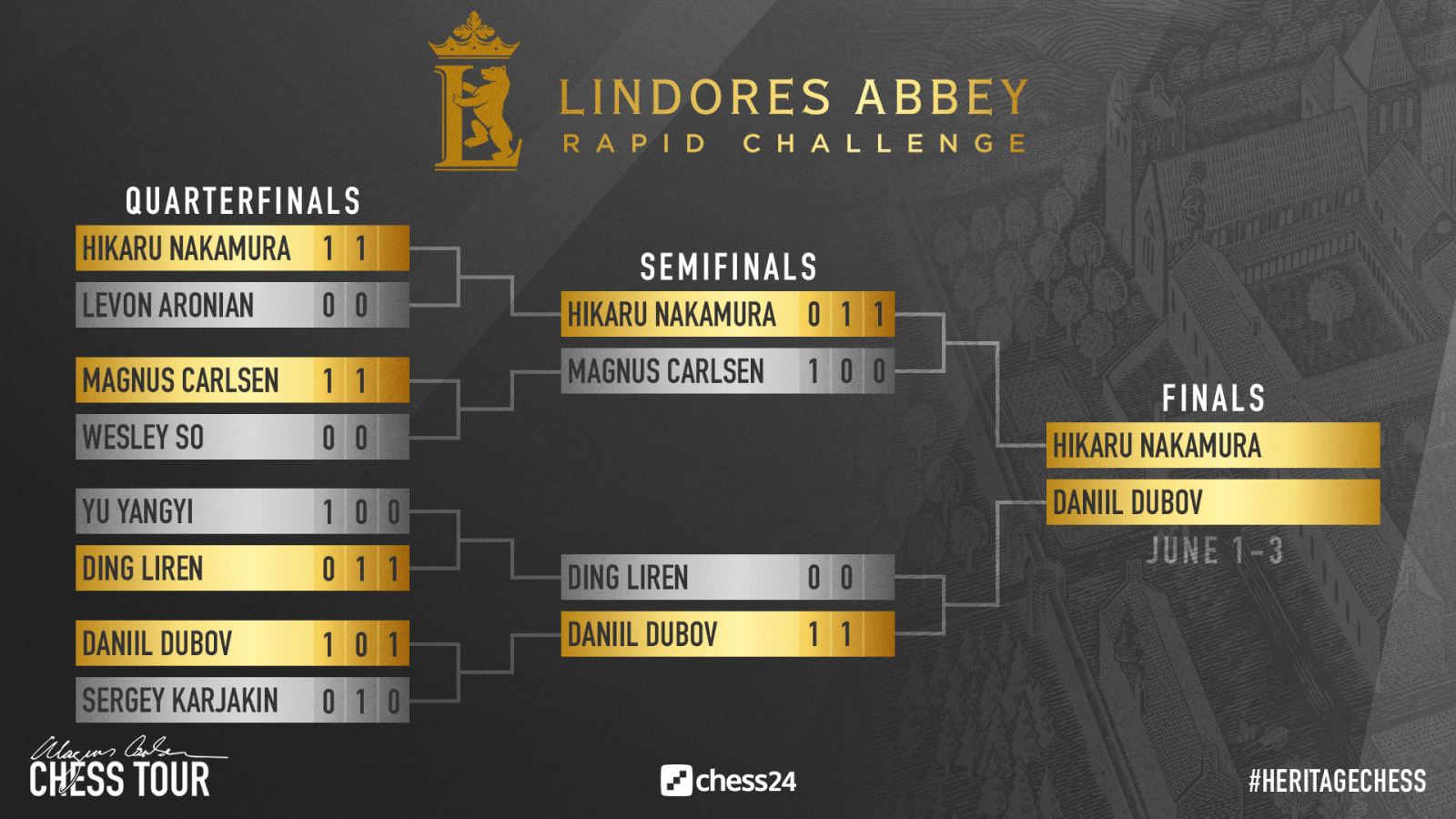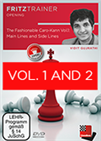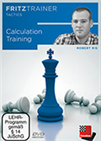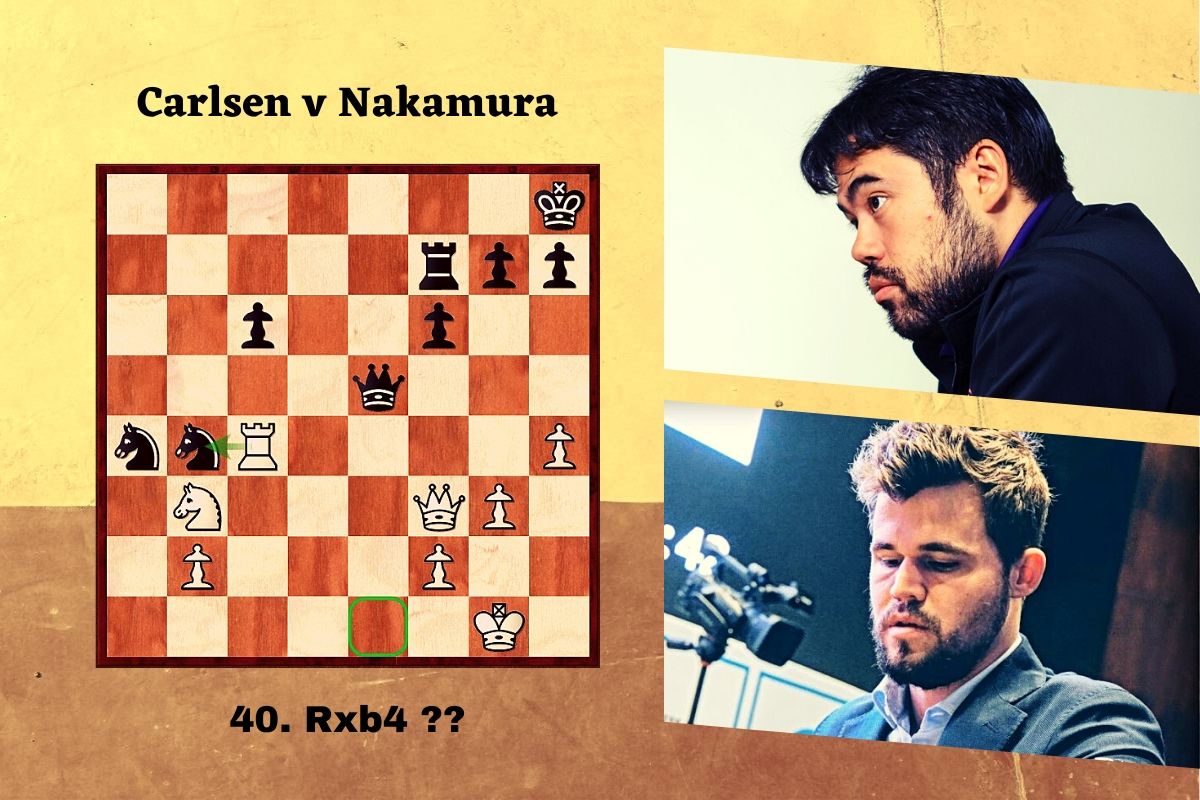A thrilling (semi) finale
The Lindores Abbey Chess Challenge started on May 18th. Twelve players are taking part. After a three-day preliminary, the best eight players will advance to the deciding knockout section. The time control is 15 minutes for the game, with a 10-second increment per move.
It almost felt like a final, as incidentally it was the only tie to reach the third rubber in the semis. Furthermore, the two were the pre-tournament favourites — the world champion was facing the number one player in blitz, after all. A little back and forth during the last week on social networks added some spice.
In the end, a closely disputed third mini-match ended up favouring Hikaru Nakamura. After a draw in game one, the American got ahead on the scoreboard with a strong showing of theoretical preparation. The score levelled in the next encounter, when Magnus Carlsen took advantage of his opponent's blunder. A draw in game four meant the whole match would be decided in Armageddon.
As the winner of the preliminaries, Nakamura got to choose the colour in the tiebreaker. He chose black, getting less time on the clock and draw odds. Carlsen had a superior position in the middlegame but, as pointed out by 'Naka', Black could simply play natural moves, quickly. Things came to a head when Carlsen lost control around move 37, first giving away his edge and then blundering a whole rook.
Nakamura had reached the final by eliminating the strongest player in the world, and said:
It's great to beat Magnus. At least one time I found the way, so I'm pretty happy.
Carlsen, on the other hand, told the Norwegian press, as reported by Tarjei J. Svensen:
I feel better now than ten minutes ago. But this will be painful for a while. [...] It didn't cross my mind that things would go wrong, when things started to go wrong I became more and more stressed while he likely got more and more confidence.
Of course, the world champion is not one to allow losses to put him down longer than strictly necessary. Carlsen tweeted:
 Scarcely any world champion has managed to captivate chess lovers to the extent Carlsen has. The enormously talented Norwegian hasn't been systematically trained within the structures of a major chess-playing nation such as Russia, the Ukraine or China.
Scarcely any world champion has managed to captivate chess lovers to the extent Carlsen has. The enormously talented Norwegian hasn't been systematically trained within the structures of a major chess-playing nation such as Russia, the Ukraine or China.
The Lindores Abbey Rapid Challenge continues on Monday, when the final will kick off after a rest day. Daniil Dubov, who showed he is not afraid to employ his ultra-sharp style against the best in the world will face an in-form Nakamura. The same format as the one used in the previous stages of the knockout will be in place.

Nakamura 2:2 Carlsen
Once the match was over, Nakamura was asked which colour he would choose to play with in the first game of the final. He chose black, as he has done in all previous rounds — he always gets to choose the colour as he finished first in the preliminaries. With black, he comfortably held Carlsen to a draw at the outset of their third mini-match.
Game two was the turning point of the contest. Nakamura showed deep preparation out of an Open Ruy Lopez, while Carlsen uncharacteristically spent large amounts of time frequently. The players followed mainstream theory until move 23, when the world champion deviated with a subpar continuation:
 The Caro Kann is a very tricky opening. Black’s play is based on controlling and fighting for key light squares. It is a line which was very fashionable in late 90s and early 2000s due to the successes of greats like Karpov, Anand, Dreev etc. Recently due to strong engines lot of key developments have been made and some new lines have been introduced, while others have been refuted altogether. I have analyzed the new trends carefully and found some new ideas for Black.
The Caro Kann is a very tricky opening. Black’s play is based on controlling and fighting for key light squares. It is a line which was very fashionable in late 90s and early 2000s due to the successes of greats like Karpov, Anand, Dreev etc. Recently due to strong engines lot of key developments have been made and some new lines have been introduced, while others have been refuted altogether. I have analyzed the new trends carefully and found some new ideas for Black. Nakamura vs. Carlsen - Game 2
Ray Robson, Vidit Gujrathi and Anish Giri, among others, had played 23...Rac8 in this position. Nakamura proved he remembered this variation during the post-game interview, while Carlsen opted for 23...Nxb2 instead. White had a favourable position and, more importantly, a massive advantage on the clock — Carlsen erred on move 29 and resigned on move 34. The Norwegian's poor time management was a crucial factor, as noted by Nakamura:
I felt, especially yesterday and today, he was just too slow on the clock. I'm not sure why, but it just seemed like in the flow of the moves he was a little bit off.
Carlsen bounced back immediately, though, as Nakamura later confessed that he "wasn't really in the game" in the third encounter of the day — the win in game two had not sunk in yet. Carlsen won in 46 moves.
A draw in the last 15-minute game of the day meant the whole match would be decided in Armageddon. Playing white, Carlsen got a strategic advantage out of the opening. Nakamura's position was slowly deteriorating, but his quick play allowed him to even the clock times. The American also avoided committing any major tactical missteps, while the game was decided when the world champion made a one-move blunder:
 This DVD emphasizes the importance of training your calculation skills. Dutch IM Robert Ris made a selection of training material which he uses in lessons with students ranging from 1400 to 2400.
This DVD emphasizes the importance of training your calculation skills. Dutch IM Robert Ris made a selection of training material which he uses in lessons with students ranging from 1400 to 2400. Carlsen vs. Nakamura - Armageddon
40.Re4 or 40.Qe4 would have kept the game going, while White's 40.Rxb4 gave way to 40...Qe1+ 41.Kh2 Qxb4. Carlsen resigned the game — and the match — on the next move.
| Replay and check the LiveBook here |
Please, wait...
1.e4 e5 2.Nf3 Nc6 3.Nc3 Nf6 4.d4 exd4 5.Nxd4 Bb4 6.Nxc6 bxc6 7.Bd3 0-0 8.0-0 d5 9.exd5 Bg4 10.f3 10.Be2 Bxe2 11.Nxe2 cxd5 12.Bg5 Be7 13.Nd4 Qd7 14.Qd3 Rfe8 15.Rad1 Ne4 16.Bxe7 Rxe7 17.c4 Rae8 18.cxd5 Qxd5 19.Qb5 Qxb5 20.Nxb5 a6 21.Nd4 10...Bh5! 11.dxc6 Qd4+ 12.Kh1 12...Bxc3 13.bxc3 Qxc3 14.Bf4 Qxc6 15.h3N 15.Qd2 Bg6 16.Rac1 Rfd8 17.Rfe1 a5 18.Be5 Nd5 19.a3 Qa4 20.Bxg6 hxg6 21.Qd3 15...Bg6 16.Re1 Rad8 17.Qe2 Nd5 18.Bg3 Nb4 19.Be4 Qc3 20.Rad1 Rde8 21.Qd2 Qxd2 22.Rxd2 Bxe4 23.fxe4 Nxa2 24.Re3 Rd8 25.Rxd8 Rxd8= 26.Ra3 Nb4 27.c3 Nc6 28.Ra6 Rd3 29.Rxc6 Rxg3 30.Rxc7 h5 30...g6 31.Kg1 Re3 32.Kf2 Rxe4 33.Rxa7 Kg7 31.Kh2 Re3 32.Rxa7 Rxc3 33.Ra5 g6 34.Ra8+ Kg7 35.h4 35.e5= 35...Re3 35...Rc4! 36.Ra4 Kf6 37.g3 Ke5 38.Ra7 Kf6 39.Ra6+ Ke5 40.Ra7 Kf6 41.Ra6+ Ke5 42.Ra7 ½–½ - Start an analysis engine:
- Try maximizing the board:
- Use the four cursor keys to replay the game. Make moves to analyse yourself.
- Press Ctrl-B to rotate the board.
- Drag the split bars between window panes.
- Download&Clip PGN/GIF/FEN/QR Codes. Share the game.
- Games viewed here will automatically be stored in your cloud clipboard (if you are logged in). Use the cloud clipboard also in ChessBase.
- Create an account to access the games cloud.
| Carlsen,M | 2881 | Nakamura,H | 2829 | ½–½ | 2020 | | Lindores Abbey Rapid Challenge-KO | 1 |
| Nakamura,H | 2829 | Carlsen,M | 2881 | 1–0 | 2020 | | Lindores Abbey Rapid Challenge-KO | 2 |
| Carlsen,M | 2881 | Nakamura,H | 2829 | 1–0 | 2020 | | Lindores Abbey Rapid Challenge-KO | 3 |
| Nakamura,H | 2829 | Carlsen,M | 2881 | ½–½ | 2020 | | Lindores Abbey Rapid Challenge-KO | 4 |
| Carlsen,M | 2881 | Nakamura,H | 2829 | 0–1 | 2020 | | Lindores Abbey Rapid Challenge-KO | 5 |
Please, wait...
Select an entry from the list to switch between games
Links
























